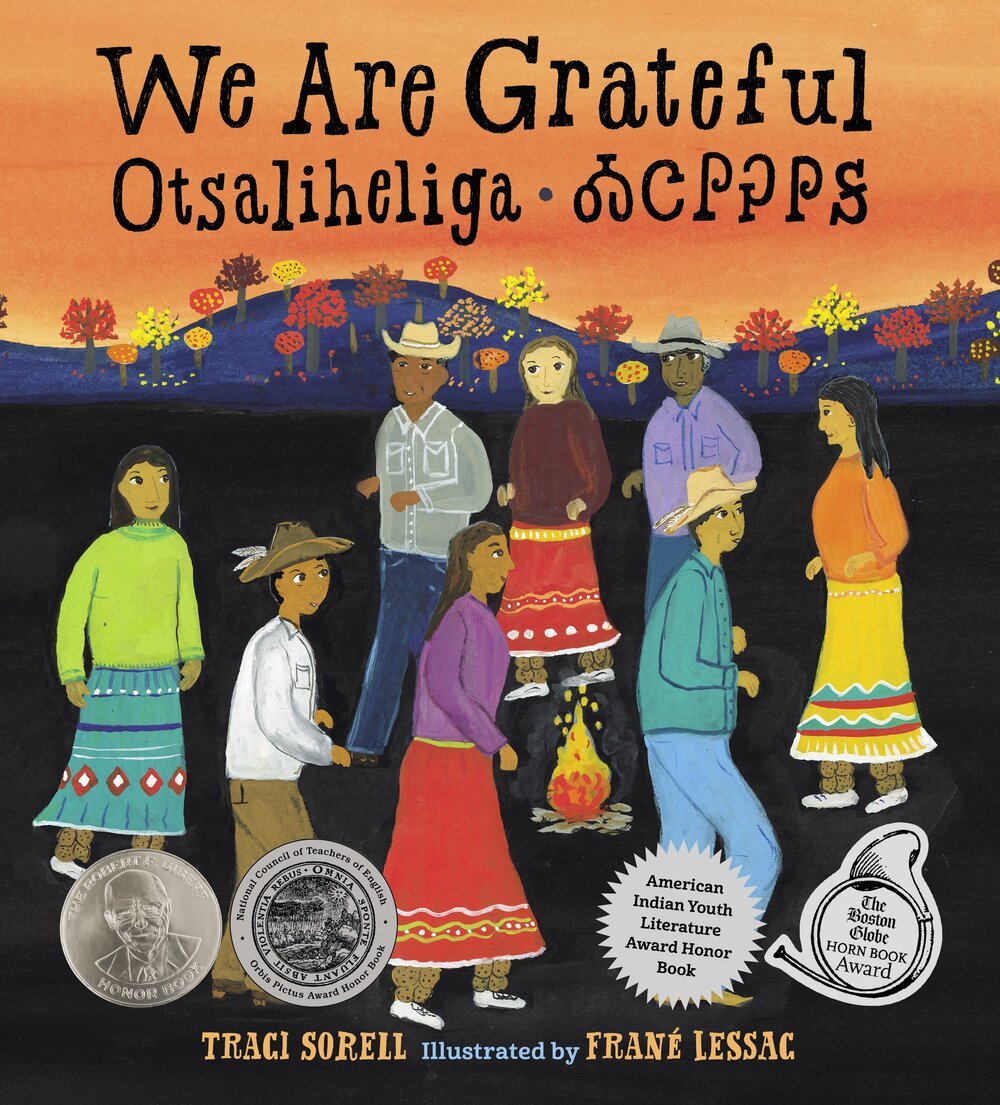As COVID-19 deaths spiked in 2020, Suzanne Firstenberg’s public art installation "In America: How could this happen…"
Museum Artifacts

Grade Range:
K-12
Resource Type(s):
Artifacts, Primary Sources
Date Posted:
11/6/2008
During World War I, machine guns were heavy, crew-served weapons. Their operation required several soldiers. Even so-called light machine guns could not easily be handled by single soldiers. To meet the need for an individual rapid-fire weapon, several inventors devised submachine guns. Light eno

Grade Range:
K-12
Resource Type(s):
Artifacts, Primary Sources
Date Posted:
10/22/2008
This 1923 ticket booth is from Yankee Stadium, called "The House that Ruth Built" because the star slugger, Babe Ruth (1895–1948), revitalized the game, bringing in thousands of new fans.

Grade Range:
K-12
Resource Type(s):
Artifacts
Date Posted:
4/7/2016
This Sony "Walkman" portable tape player dates from the early 1980s. Originally introduced in 1979 as the “Soundabout,” two people could listen simultaneously while a small microphone permitted them to converse without removing their headsets. Powered by a 9-volt battery, the recorder sold we

Grade Range:
K-12
Resource Type(s):
Artifacts, Primary Sources
Date Posted:
9/3/2020
A U.S. Border Patrol official reviews a bracero's documents while others wait in line to be processed at the Hidalgo Processing Center, Texas.

Grade Range:
K-12
Resource Type(s):
Artifacts, Primary Sources
Date Posted:
3/5/2009
Remington put its writing machines on the market in 1874 at a price of $125. The new Type Writer owed some of its identity to the sewing machines that Remington had recently added to its product line. The writing machine came mounted on a sewing machine stand, with a treadle to operate the carria

Grade Range:
K-12
Resource Type(s):
Artifacts, Primary Sources
Date Posted:
12/18/2008
This is a Bata Cubana, or Cuban Rumba dress, donated to the Smithsonian by Celia Cruz, the great Cuban salsa singer in 1997. An adaptation of the traditional Cuban rumba dress, it was made in the United States by Cuban-born designer José Arteaga. The Bata Cubana has its roots in the 19th century

Grade Range:
K-12
Resource Type(s):
Artifacts, Primary Sources
Date Posted:
12/17/2010
Gold coins fused by heat.
Specific History
This pile of five-peseta coins was fused together by the fire aboard the Spanish ship Infanta Maria Teresa, flagship of Admiral Pascual Cervera.
General History
Infanta Maria Teresa led the so

Grade Range:
K-12
Resource Type(s):
Artifacts, Primary Sources
Date Posted:
9/19/2009
Lace-making and sewing were more than utilitarian projects. They allowed young girls to express themselves artistically while learning discipline and attention to detail. This embroidered linen and lace pillow sham belonged to Miguel Roses at the turn of the 20th century. Bird and flower designs

Grade Range:
K-12
Resource Type(s):
Artifacts, Primary Sources
Date Posted:
11/5/2008
From the 1920s, psychologists have explored ways to automate teaching. In the 1950s, the psychologist B. F. Skinner of Harvard University suggested that techniques he had developed for training rats and pigeons might be adopted for teaching humans.

Grade Range:
K-12
Resource Type(s):
Artifacts, Primary Sources
Date Posted:
9/3/2008
Cesar Estrada Chavez, the founder of the United Farm Workers of America, is one of the most recognized Latino civil rights leaders in the United States. A Mexican American born in Yuma, Arizona, his family lost their small farm in the Great Depression (1930s). Like many Americans, they joine



















